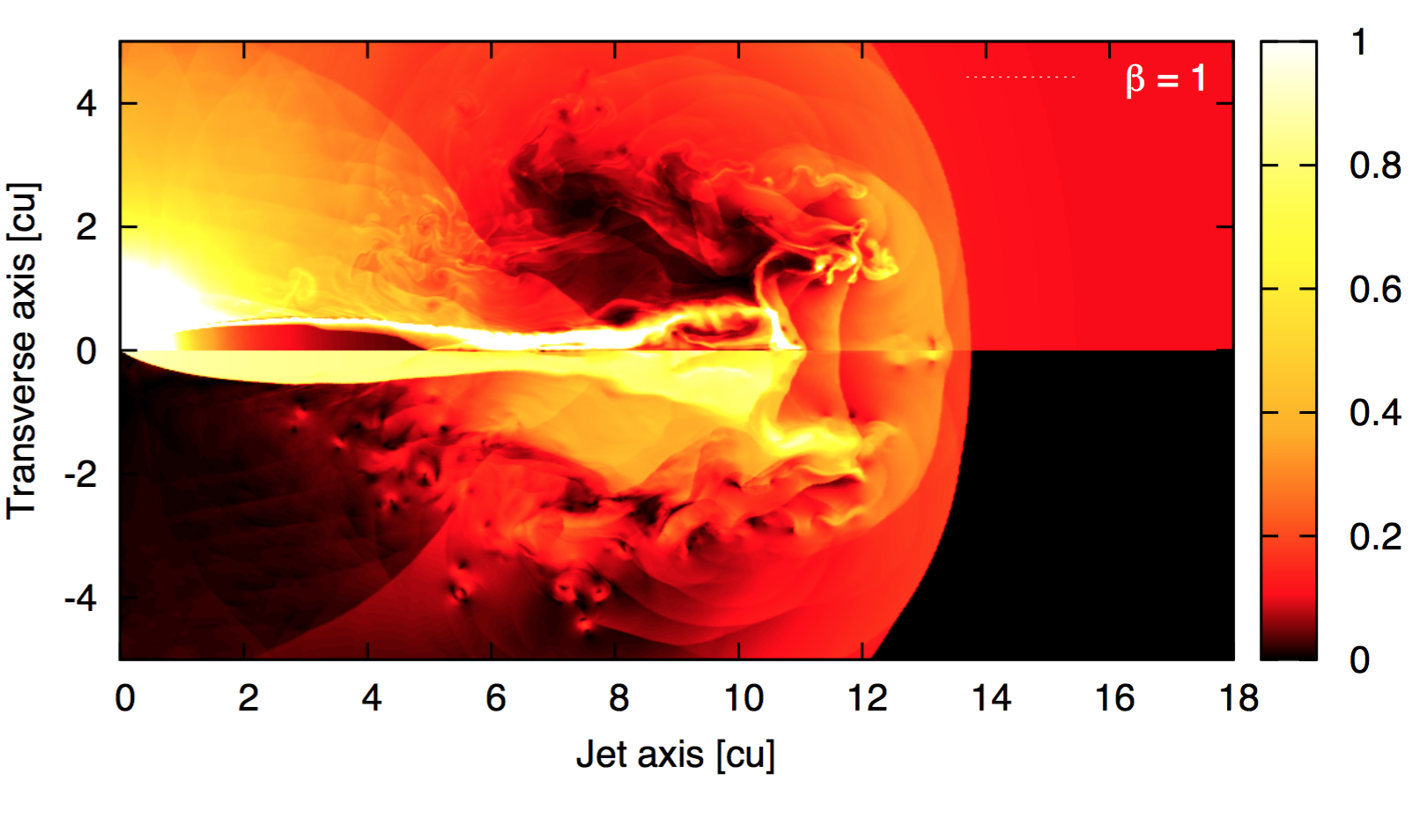| 17th of May 2017 |
|---|

|
| ATNF Colloquium |
| Dynamics and Synchrotron Emission from Radio-loud AGN |
| by Ross Turner (University of Tasmania) |
| Abstract. The growth of galaxies is closely related to that of the supermassive black holes at their centres. The active galactic nucleus (AGN) can have a profound impact on its surroundings and the host galaxy formation and evolution, through either radiative or kinetic feedback, with the latter dominating over the last half of Hubble time. Quantifying the energetics of the kinetic-mode is vital to understanding the effect of feedback through the AGN jets at the present epoch. I have developed a model (Turner & Shabala 2015) that traces the expansion of AGN radio lobes throughout their evolution, and for the first-time incorporates semi-analytic models for the environments into which these sources expand. The framework for this model has recently been extended to include radio SEDs rather than just monochromatic radio luminosity. I can use this model to infer AGN properties, including jet kinetic powers and the lobe magnetic field, even for unresolved and high-redshift sources. I discuss techniques to extract the AGN parameters from the observables so that the energetics, composition and lifetimes of radio AGNs can be accurately determined. In particular we focus on inferring AGN properties in the light of limited or incomplete radio source observations. This approach provides the framework for interpretation of large, sensitive radio surveys in the SKA era. I also present a new technique for creating standardisable candles from radio observations of the synchrotron emission lobes inflated by the most powerful AGN. This technique is used to measure the distance to radio sources in the 3C and HeRGE surveys, providing redshift coverage from z = 0.05 up to 4.5, and enabling the matter and dark energy densities to be tightly constrained. This distance measure further provides reliable redshifts for radio-AGN based exclusively upon multi-frequency radio observations. |